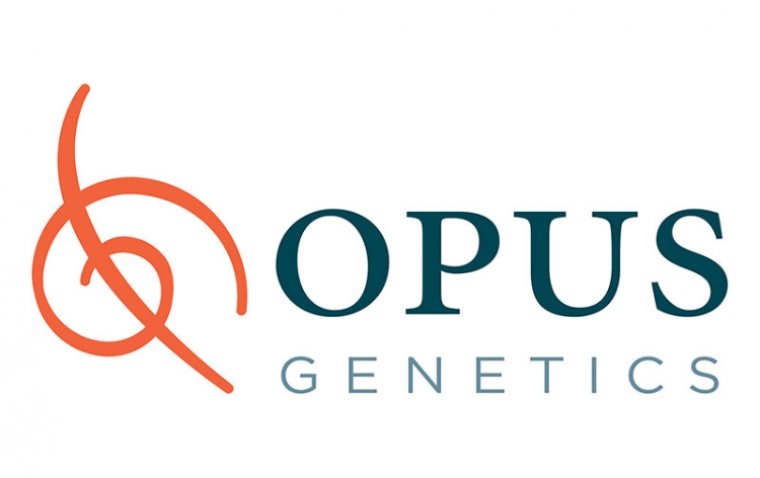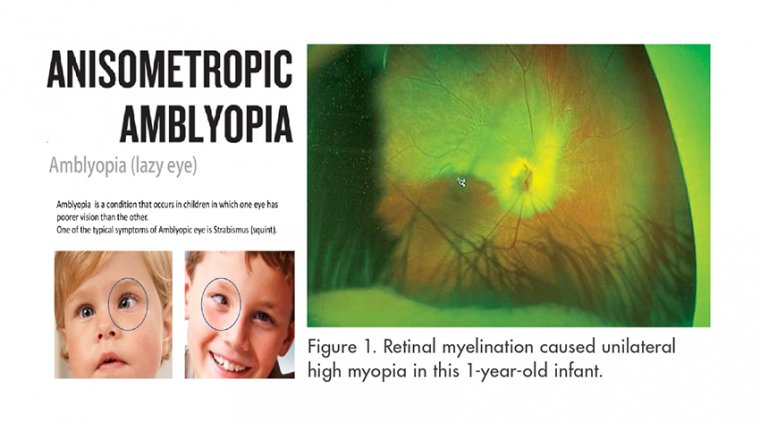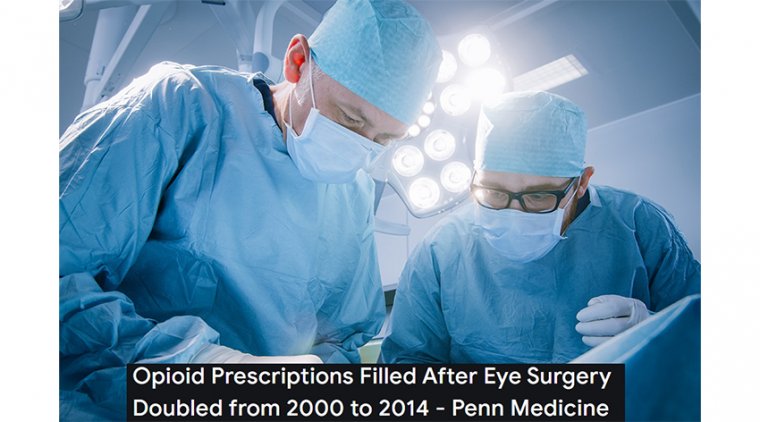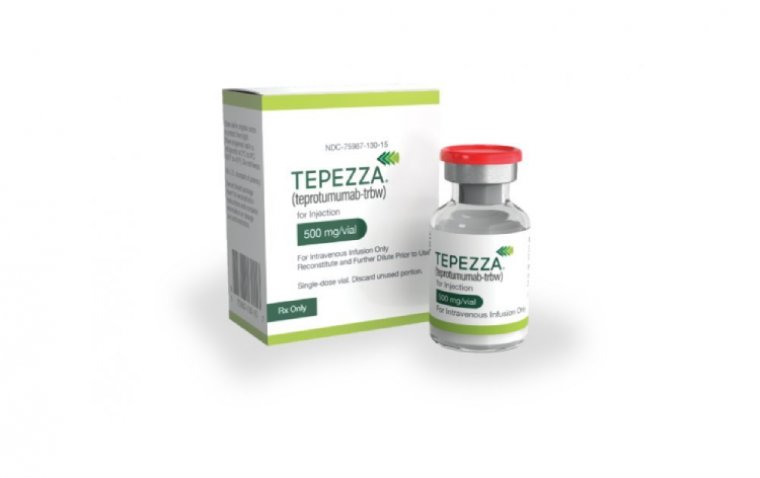
Australian Researchers Identify 101 Genetic Regions Linked to Cataract Risk
In the largest genetic study on cataracts to date, researchers from QIMR Berghofer Medical Research Institute have identified 101 genetic regions associated with an increased risk of developing cataracts. This groundbreaking study analyzed DNA from over 950,000 individuals, providing significant insights into the genetic factors contributing to this common vision impairment.
A Breakthrough in Cataract Research
Led by Associate Professors Miguel Renteria and Puya Gharahkhani, alongside researcher Santiago Diaz-Torres, the study uncovered 57 genetic regions linked to cataracts that were previously unknown. These findings, published in Nature Communications, highlight the intricate genetic underpinnings of cataract formation and its potential implications for prevention and treatment.
Potential for Drug-Based Prevention
The research suggests that certain drugs may have the potential to slow or even prevent cataract formation, offering an alternative to the current standard of surgical intervention. This represents a promising avenue for reducing the global burden of cataracts, which remain a leading cause of blindness worldwide.
Personalized Eye Health Interventions
The discovery also paves the way for genetic screening to identify individuals at high risk for cataracts. Such screenings could support personalized eye care strategies, including:
• UV Protection: Encouraging the use of sunglasses and hats to limit UV exposure.
• Lifestyle Management: Addressing conditions like diabetes that exacerbate cataract risk.
Advancing the Future of Eye Care
“This study not only broadens our understanding of the genetic factors involved in cataracts but also lays the groundwork for targeted interventions that could transform eye health management,” the researchers noted.
These findings mark a significant step toward personalized and preventative approaches in ophthalmology, with the potential to delay or reduce the need for cataract surgery while improving the quality of life for millions globally.
Resource:
Santiago Diaz-Torres et al, Uncovering genetic loci and biological pathways associated with age-related cataracts through GWAS meta-analysis, Nature Communications (2024). DOI: 10.1038/s41467-024-53212-6
(1).jpg)










